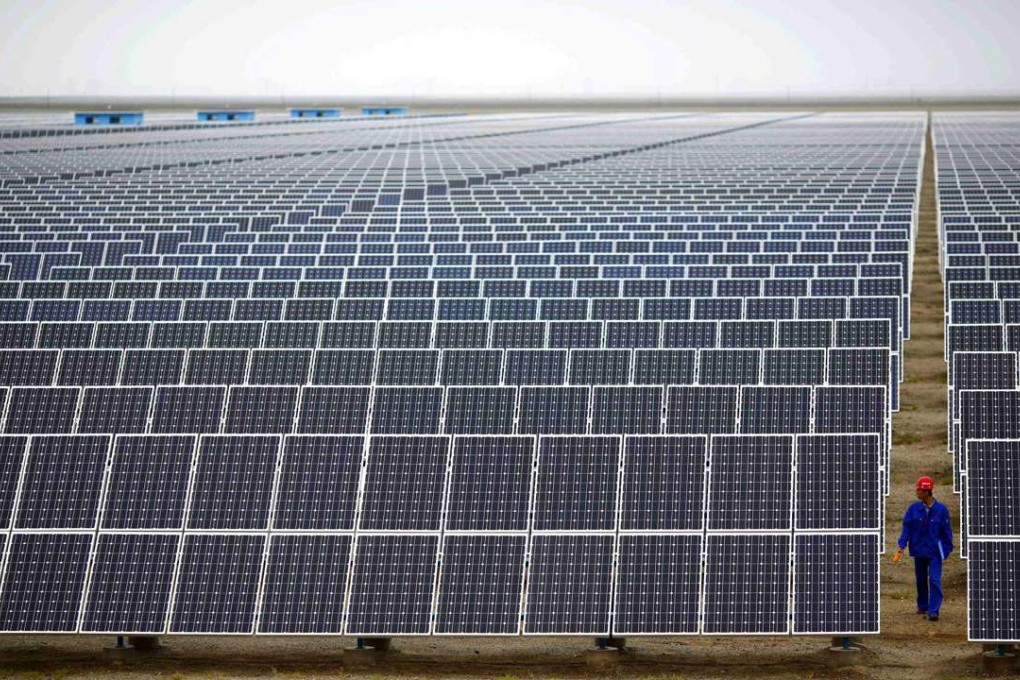Why the Paris climate treaty is just a load of very expensive hot air
Bjorn Lomborg says the pledges in the costly agreement – to be signed this week – won’t significantly reduce global warming. What’s needed instead is a much faster transition from fossil fuels to cheap green energy sources

This Friday, world leaders and their entourages will disembark from carbon-spewing jets in New York to sign the world’s costliest climate change treaty. Lit by the flashbulbs of the world’s press and warmed by their sense of accomplishment, these politicians will pat each other on the back and declare a job well done.
The reality is that the so-called “Paris Treaty” is a hugely expensive way of doing very little.
The Paris Treaty talks a big game. It doesn’t just commit to capping the global temperature increase at 2 degrees Celsius above pre-industrial levels. The text goes even further and says that the world’s leaders commit to keeping the increase “well below 2 degrees C,” and will try to cap it at 1.5 degrees.

China’s climate envoy bullish on hitting reduction goal for 2020
But this is just rhetoric. My own research, and the only peer-reviewed published assessment of the Paris agreement, used the UN’s favourite climate model to measure the impact of every nation fulfilling every major carbon-cutting promise in the treaty between now and 2030. I found that the total temperature reduction will be just 0.048 degrees by 2100. This is very similar to a finding by economists at MIT. China’s own contribution would be a minuscule 0.014 degrees reduction by 2100.